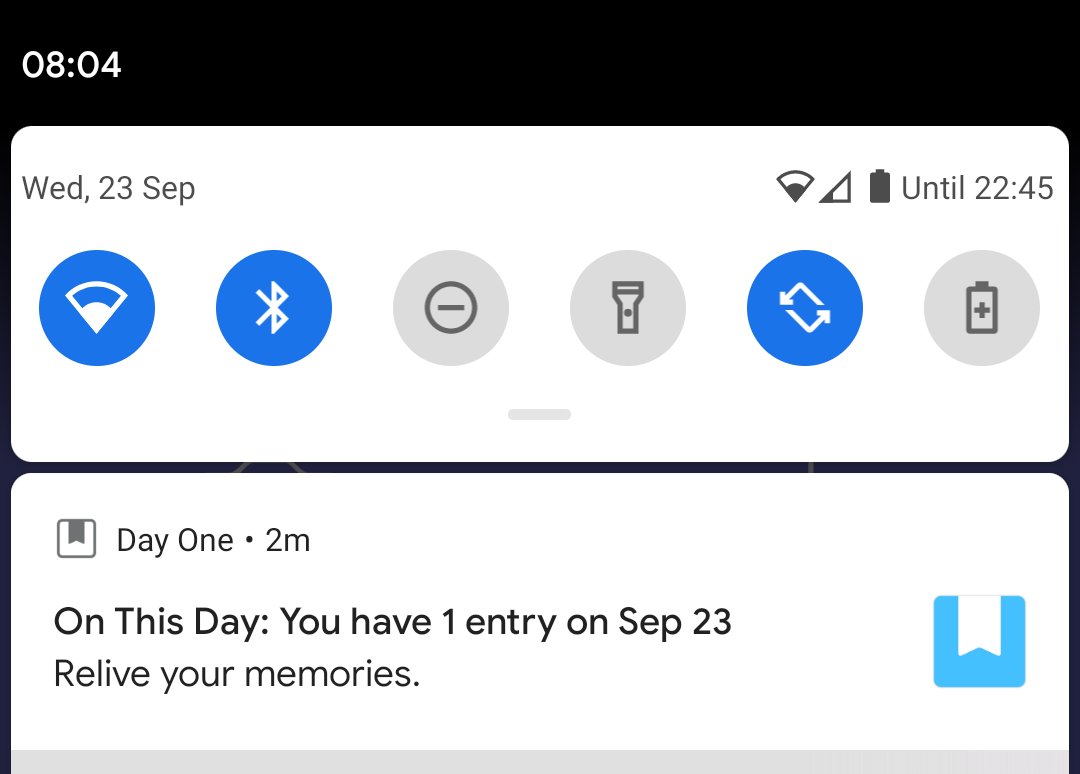-
Those “Accept Yours” & “Accept Theirs” buttons in GoLand’s conflicts dialog are a bit of a tease. Might be that I’m missing something (which is possible) but I though a file appearing here means that I manually need to review it. Would anyone blindly accept changes like this?
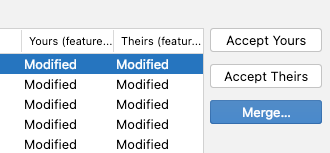
-
I’ve been seeing this message an awful lot recently when I’m trying to use mobile data. I originally thought it was Telstra, but now I suspect it’s Android, as restarting the phone seemed to have fixed it.
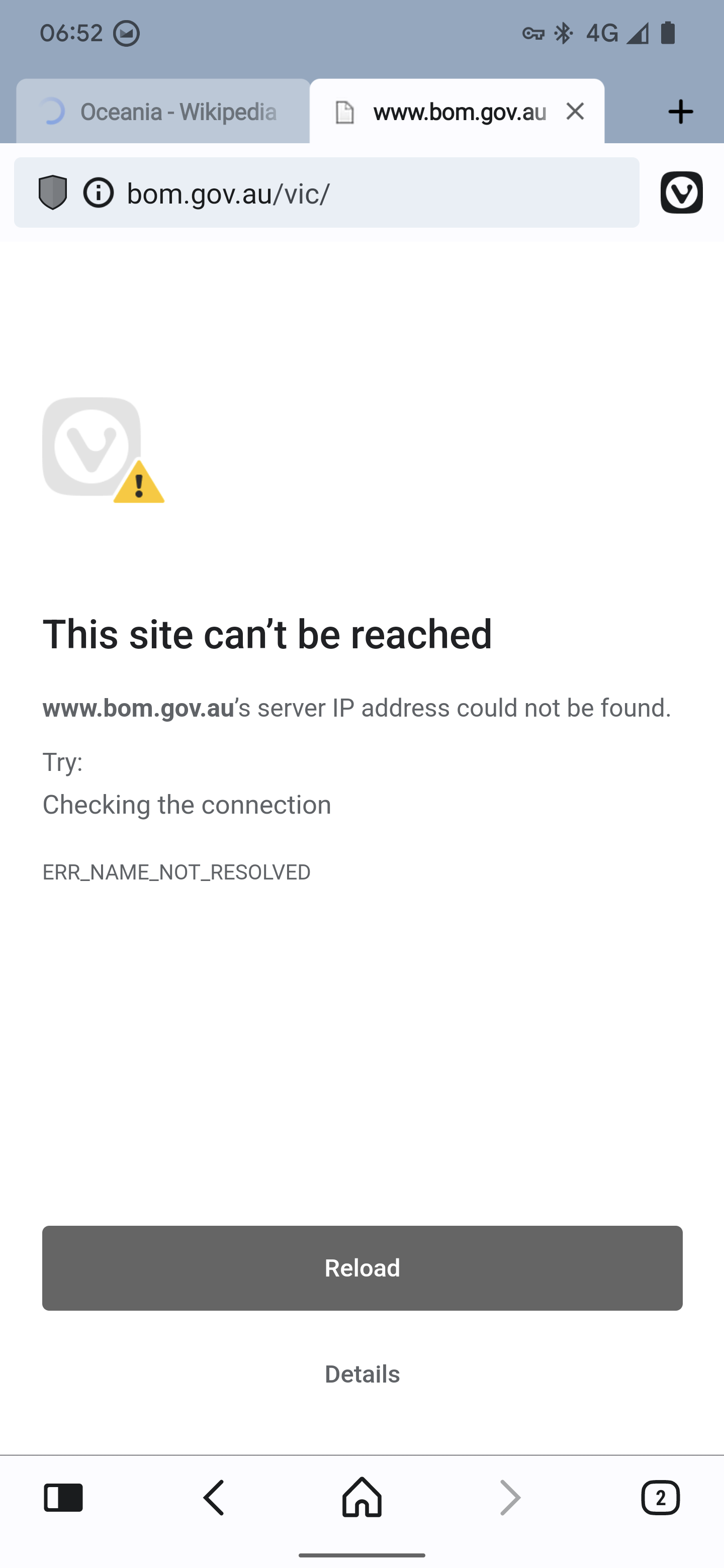
-
The names for GitHub Codespaces are randomly generated, but I kinda like the one chosen for this website repo. Seems fitting in a way.
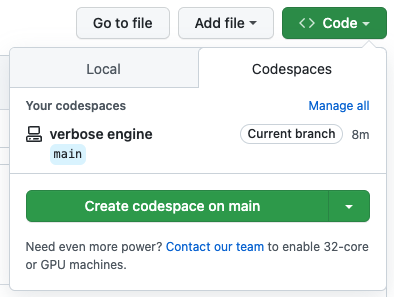
-
WWDC Videos In Broadtail
Some more work on Broadtail. This time, I added the ability to use it to download Apple WWDC videos. The way it works is based on the existing RSS feed concept. In order to get the list of videos for a particular WWDC year, you “subscribe” to that by setting up a feed with the new “Apple Developer Videos” type. The external ID is taken from the URL slug of the web-site that Apple publishes the session videos. Continue reading →
-
Feed Rules In Broadtail
Generally, when there’s a video that I’m interesting in watching, I take a look at Broadtail to see if it’s available. When it is, I go ahead and download it. However, some videos take a long time to download — we’re talking 10 hours or so — and they’re usually published when I’m not looking, like during the night when I’m asleep (thank’s time-zones). So I’d thought it would be nice for Broadtail to kick off the download for me when the video shows up in the feed. Continue reading →
-
Oh, I hope not.
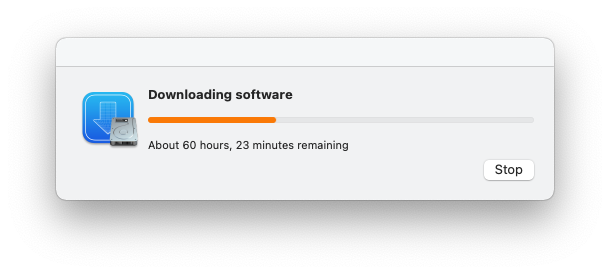
-
New AWS Tools Commands
For a while now, I’ve been wanting some tools which would help manage AWS resources that would also run in the terminal. I know in most circumstances the AWS console would work, but I know for myself, there’s a lot of benefit from doing this sort of administration from the command line. I use the terminal a lot when I’m developing or investigating something. Much of the time while I’m in the weeds I’ve got a bunch of tabs with tools running and producing output, and I’m switching between them as I try to get something working across a bunch of systems. Continue reading →
-
This is by far the most useful quick action I’ve made in Automator. It generates a UUID, and places it in the pasteboard. I’ve got it bound to Ctrl+Opt+Cmd+U and I’ve been using it constantly over the last week (writing a lot of tests with test data).
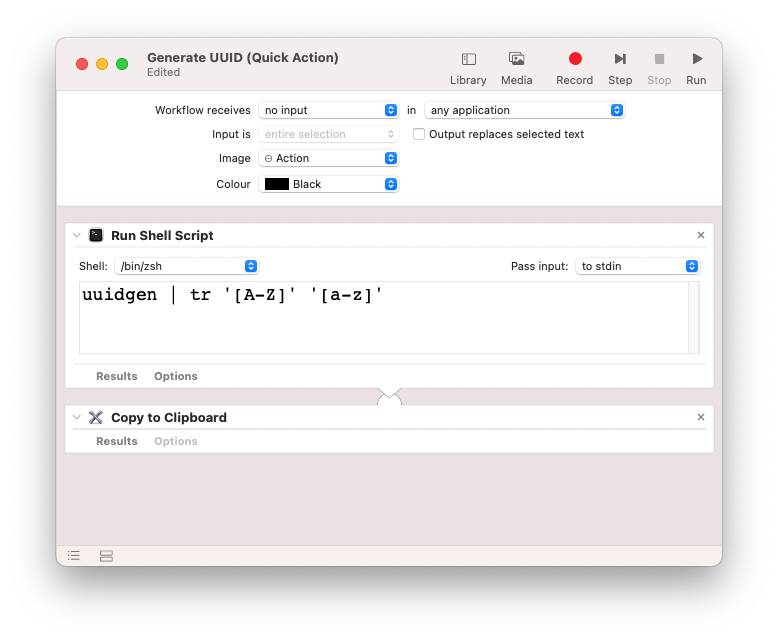
-
Some More Updates of Broadtail
I’ve made some more changes to Broadtail over the last couple of weeks. The home page now shows a list of recently published videos below the currently running jobs. Clicking through to “Show All” displays all the published videos. A simple filter can be applied to filter them down to videos with titles containing the keywords (note: nothing fancy with the filter, just tokenisation and an OR query). Finally, items can now be favourited. Continue reading →
-
Feeds In Broadtail
My quest to watch YouTube without using YouTube got a little closer recently with the addition of feeds in Broadtail. This uses the YouTube RSS feed endpoint to list videos recently added to a channel or playlist. There are a bunch of channels that I watch regularly but I’m very hesitant to subscribe to them within YouTube itself (sorry YouTubers, but I choose not to smash that bell icon). I’m generally quite hesitant to give any signal to YouTube about my watching habits, feeding their machine learning models even more information about myself. Continue reading →
-
Some Screenshots Of Broadtail
I spent some time this morning doing some styling work on Broadtail, my silly little YouTube video download manager I’m working on. Now, I think it’s fair to say that I’m not a designer. And these designs look a little dated, but, surprisingly, this is sort of the design I’m going for: centered pages, borders, etc. A bit of a retro, tasteless style that may be ugly, but still usable(-ish). Continue reading →
-
On a bit of a writing streak: 50 consecutive days of at least one blog post or journal entry.
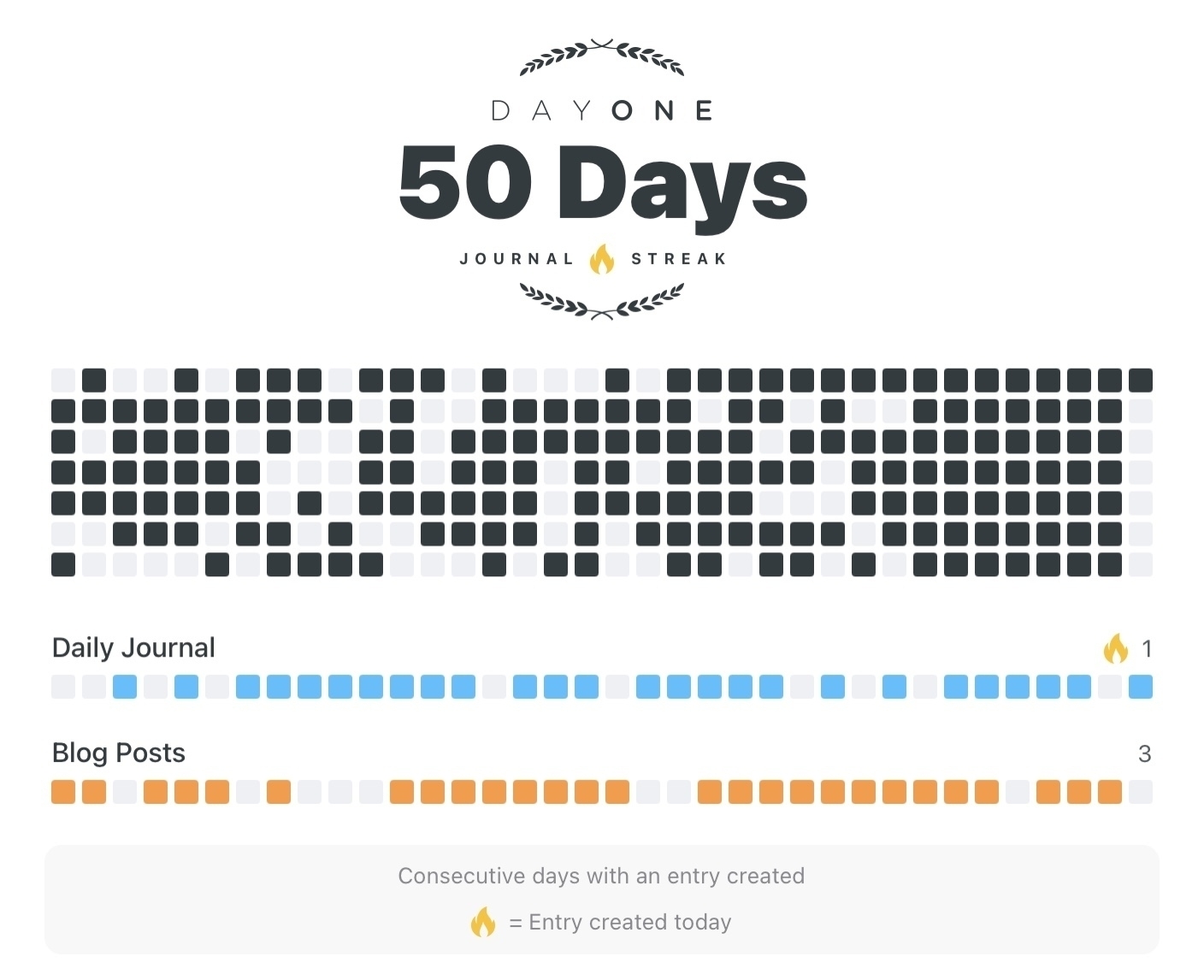
P.S. I wonder if writing an entry about this streak, just to keep the streak going, is a form of cheating.
-
Oh the irony. First weekend after Lockdown 6 and with plans for activities outdoors…
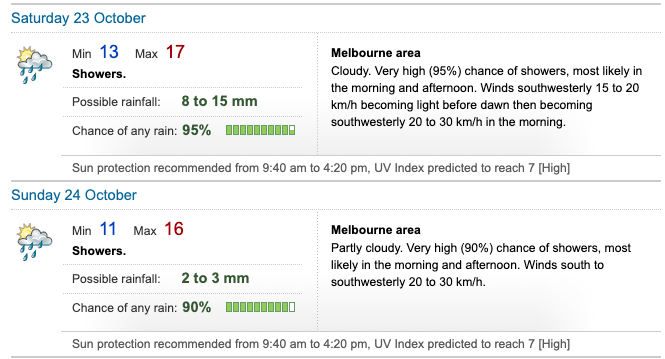
-
One week to go! 💉💉
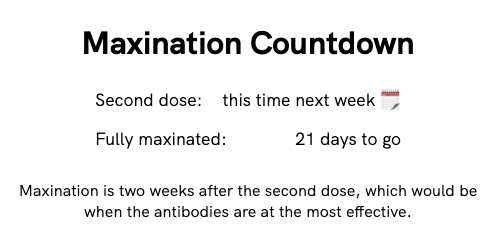
-
Trying my hand at logo design for something I’m working on. I’m aiming for something that looks like a mix between a bookmark, the letter D, and something to suggest synchronising stuff. This is probably the best I’ve got so far.

-
Ah, Day One. At least let me get through the day first.
